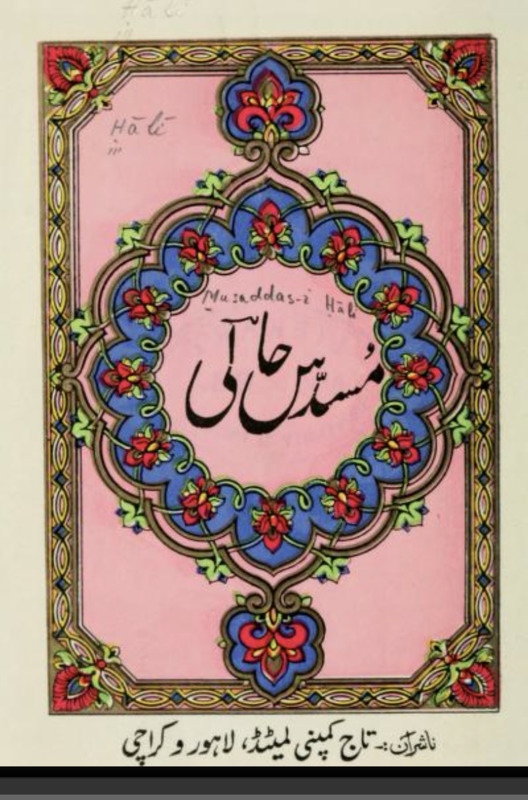Part Two: Mirza Ghalib, Aligarh and the Death of the Beloved
As the 19th century turned on the subcontinent, the managed decay of the mughal empire became a complete collapse. The British East India company had occupied Delhi since 1803, when they brought emperor Shah Alam II under their protection. Though their rule was still technically universal, its diminished status was clear, as the cry went up among the people Sultanat-e-Shah Alam, Az Dilli ta Palam (the empire of Shah Alam runs from Delhi to Palam). Palam is a suburb of Delhi. The sickly empire would stumble on for another half century, before meeting its end in the abortive convulsion of 1857, when the assorted rent-seeking remnants of Mughal power would rally jockeying armies under the nominal authority of the final emperor Bahadur Shah II, only to be summarily crushed by British authority. In a fitting coincidence for the ruler who wished often to be a poet , as Bahadur Shah I would begin the empires decline after Augranzeb, Bahadur Shah II would end it. None would exemplify this period of change, in which had once seemed solid for the Indo-Islamic ruling class would finally disapear, and the new emperor resided in London rather than Delhi, than Mirza Ghalib. Though he is considered among the greatest poets of the classical form, Ghalib lived a life of tragedy, with the death of his children and wife, and was dependent on irregular pensions, both from the Mughal court (where he was tutor even to the Emperor), and the BEIC. He lived the poetic tnesion of the ghazal, participating in wild drinking, while also writing extensively on religious devotion. His works were deeply melancholic reflecting the sense of abandonment, nostalgia, and societal failure which accompanied the end of Mughal rule. Though his work reflected the deep psychological dislocation experienced by the gentry, his more practical affairs exposed how much the basic class incentives of the group remained the same. In the aftermath of the rebellion, the British were the new source of patronage, and reassuring the new masters of their loyalty was of utmost importance. Ghalib wrote Qasidas in honour of Queen Victoria, and in his Dastanbuuy, sent british officials a diary that emphasized his personal innocence and the broad innocence of the gentry against the disloyal rabble commanded by the individual villians he asserted made up the rebels against wholesome British order (which, in an unrelated matter, happened to have temporarily suspended his pension). This was not the only response to the ruined and humiliated state of Delhi, and in the years that followed many of Ghalib's disciples would compile the Fughan-e Delhi, a compilation of poetry which appropriated the language of the marsiya (a Shi'a lamentation) to eulogize the bitter and unequal harm that had come to the city and to Muslims in particular, the harm that had come to Islam itself with the sack of the sainted city. The time had come for new solutions, offered up in the latter half of the century by the Aligarh movement. With Sir Syed Ghulam Ahmed as its political face, and Altaf Hussain Hali as its chief poet, the movement sought to reestablish Indian Islam under a more rational, enlightenment basis. Universities were established to prepare families in the European sciences and languages, seperate from the previous mixed semi religious education system (Other movements concurrently established their own as exclusively religious neo-traditionalist madrasahs, also organized on British lines), in order to prepare muslims to retain their former priveleged status, but beneath European instead of Mughal masters. The new poetry would be a clear guide for a new, strong Indo-Islamic society towards the pure guidance of enlightenment reason and Islamic ethics (one and the same of course), and away from the wavering, unclear debauchery of Mughal decline. It would agitate for the expansion of the Urdu creole of native refinement, more fitting for the British-Indian civil service than foreign Persian or pagan, unwashed Hindi. It would be naturalistic, modelling itself more off of the moral literature of Tennyson than the muddled mourning of Ghalib. No more would they concern themselves with odes to an absent beloved God/woman/man, cloaked in terms of un-Islamic debauchery. That beloved was dead, smashed beneath British cannon. Time to move on.


